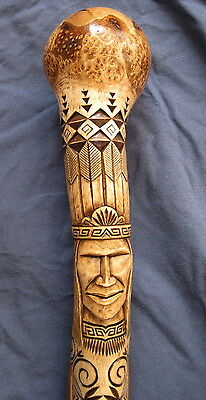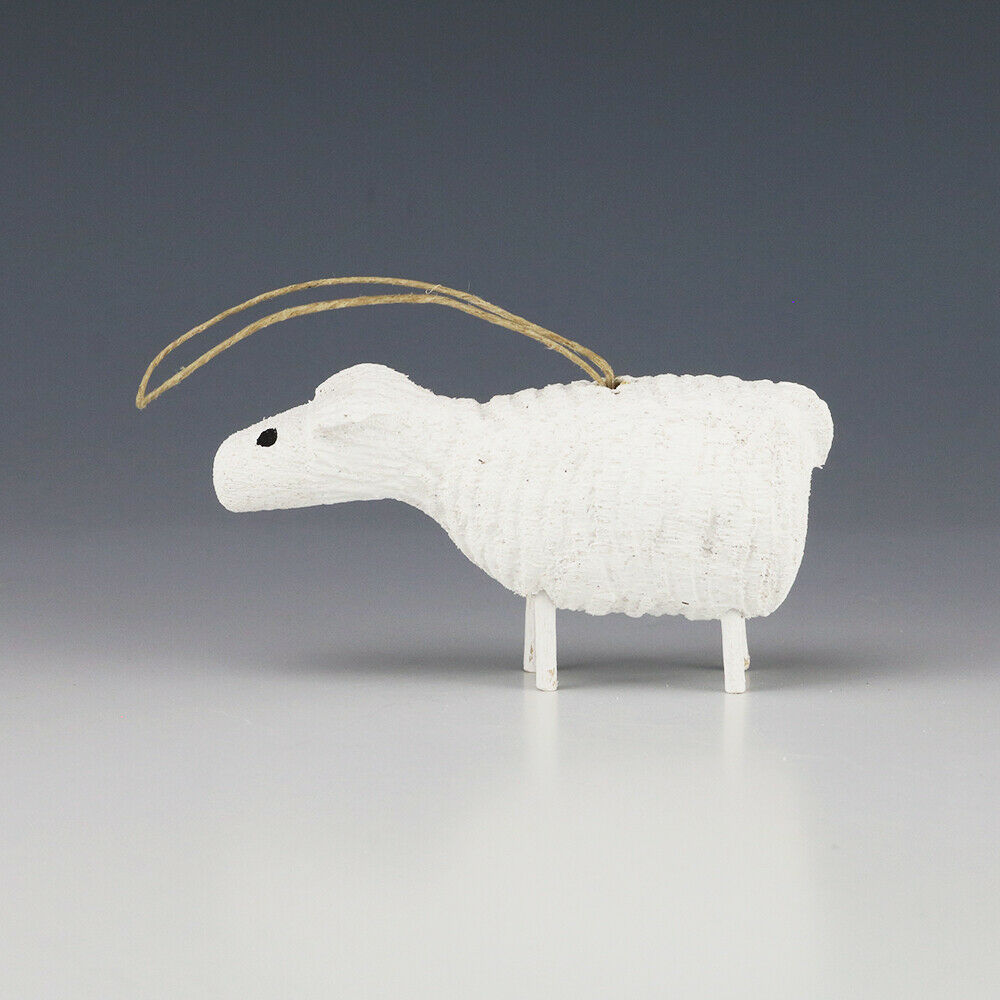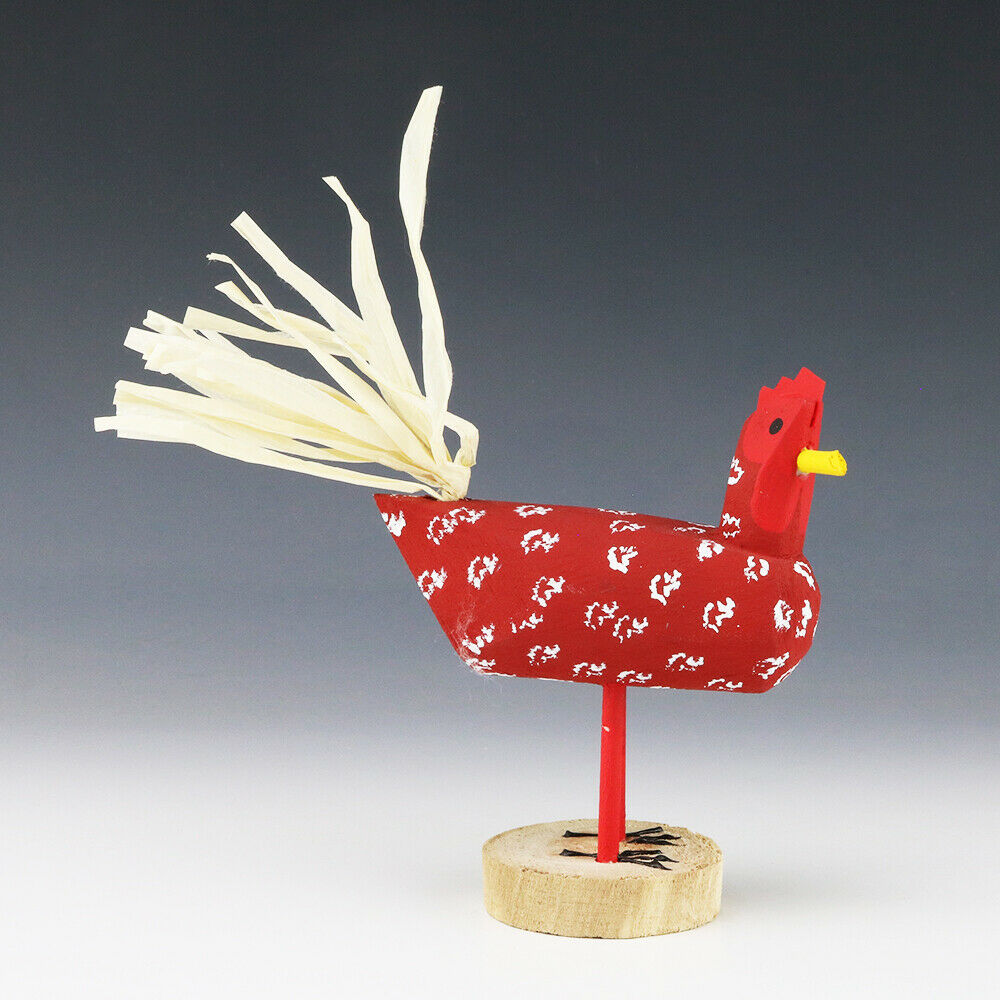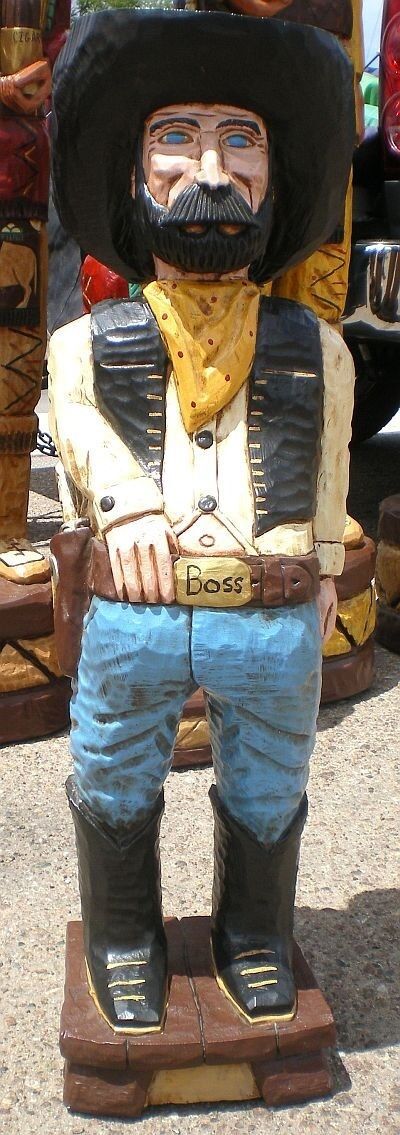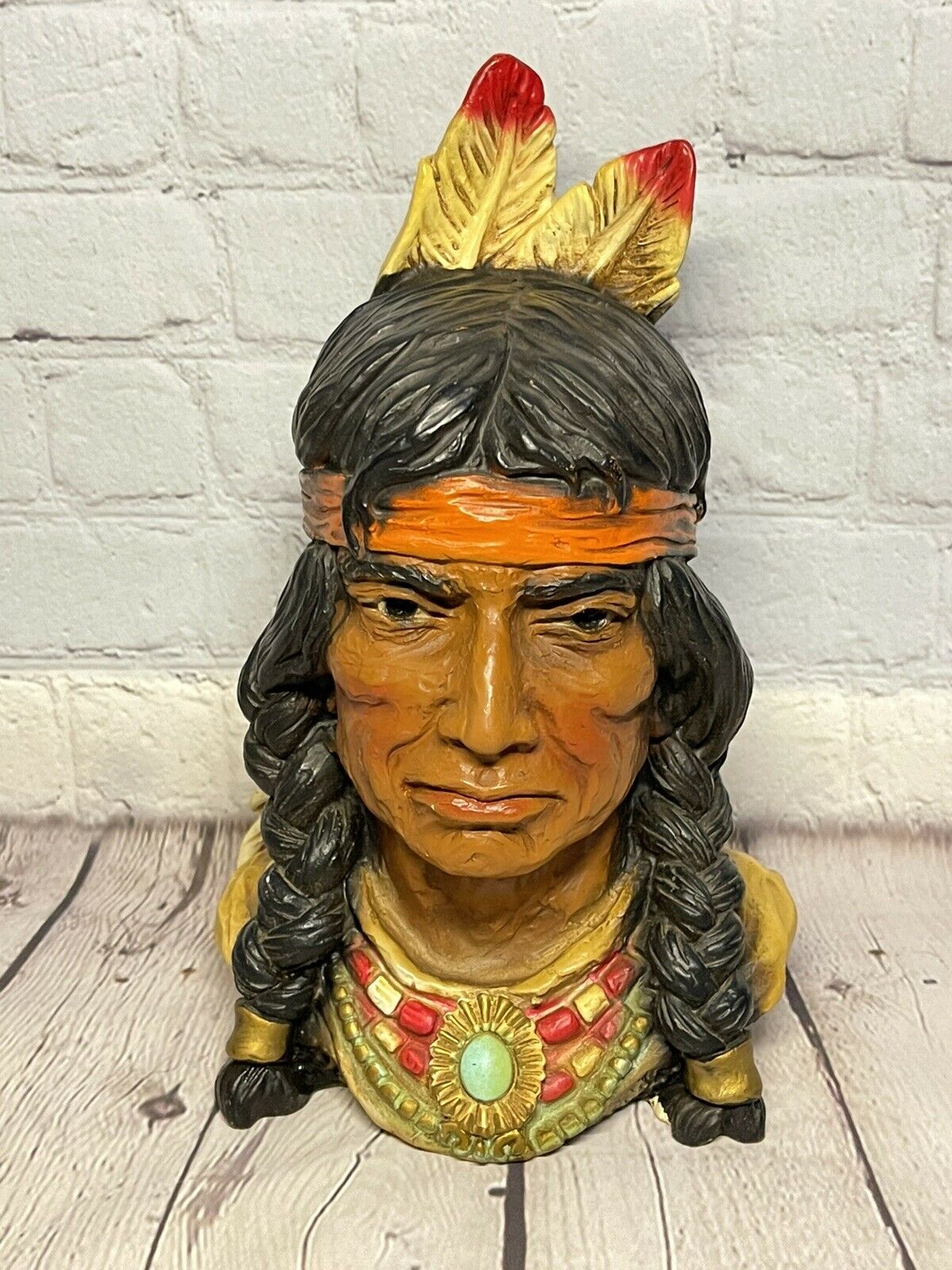-40%
EXQUISITELY CARVED, ball topped war club, Hugga Dana, Penobscot - chip carver
$ 489.85
- Description
- Size Guide
Description
This ball topped club by Penobscot carver, Hugga Dana, is unusual - most carved clubs by Maine Indian carvers are root clubs...this one is topped by a root ball with all the roots/rootlets removed leaving a beautiful root burl of the golden birch. Below the burl is a chief's head in full upright feathered headdress. There are many traditional Penobscot/Wabanaki designs on the handle of this club including chip carved diamonds and triangles, double curves, star symbols, chip carved triangle with feather dangles, and ash branches.The club is 33" long, the top ball is about 4" in diameter, the carved handle is about 1.75" in diameter. As is frequently done, Hugga leaves bark on the club below the carved face/head and on the bottom of the handle. At bottom of page is a description of each photo above.
Joe 'Hugga' Dana is the finest Native American chip carver, ever. This opinion is shared by most people knowledgeable about the art of chip carving. View his work to understand why many believe he is the best.
Hugga was raised on Indian Island, the heart of the Penobscot Nation, he lives there still. He was raised to embrace his traditional and cultural heritage. He is happiest when canoeing on the Penobscot River to fish, hunt, or pick fiddleheads. Hugga believes these things connect him to the spirit of his people. His family tree connects him to John and Orson Neptune, Olympic runner Andrew Sockalexis and Cleveland Indian namesake, Louis Socalexis.
He was taught chip carving by his father, Stan Neptune who learned the art from an elder and shaman, Senabeh Francis. The first items to be carved were root clubs, later walking sticks were carved in the root club traditions and the most recent form to be chip carved is talking sticks.
Hugga's father Stan Neptune is currently documenting the history of chip carved root clubs and has traced some from the early 1600's. There is a long history of Penobscot (and the other 4 Wabanaki tribes) carving native faces, animals and spirit beings in the root burl of a gray birch tree. These clubs include traditional designs such as leaves, floral, double curves and feathers which are carved, incised and chip carved. Historically the root clubs spoke of tribal identity, family clans and the connection to elements of nature.
Hugga continues to express himself and his beliefs in these values using the time honored art of chip carving.
DESCRIPTION/LISTING OF PHOTOS IN SLIDE SHOW ABOVE
1. Ball Club - top front with face
2. Entire front of club
3. Close up of face showing feathered headdress band (would have been beaded) in Hugga's stylized double curve/greek key design
4. Back of head showing hair and graceful traditional double curve design with elongated oval chip carved leaves at center. An oval medallion with chip carved ash branch in the bark below this design
5. Band below the bark under head has chip carved triangles creating diamond spaces with narrow long chip carved ovals creating star design, this band encircles the club here..beneath in front is the chip carved triangle with feather dangles
6. Bottom of handle/front -at top is a Senabeh style flower with ash branches framing it .. arising from a "feathered shaft" .. deep elongated chip carved ovals with incised borders form "feathers" shaft has 6 small Senabeh style flower with chip carved diamonds between - another at very bottom with ash branches framing it.
7. Handle below bark - showing side of the design described above
8. Back of handle - at top below bark, shows chip carved triangles, diamonds and ash branches - star design
9. Bottom of back of handle - designs as described above
10. Entire back of club
11. Hugga's maker's mark on bottom of handle
12. Hugga with chip carved paddle
